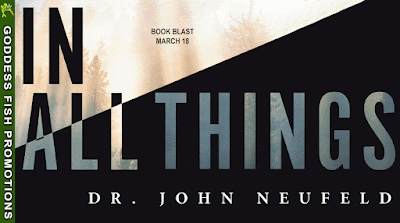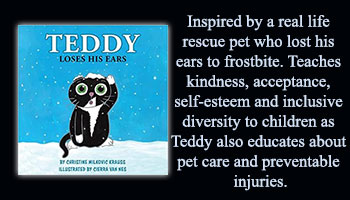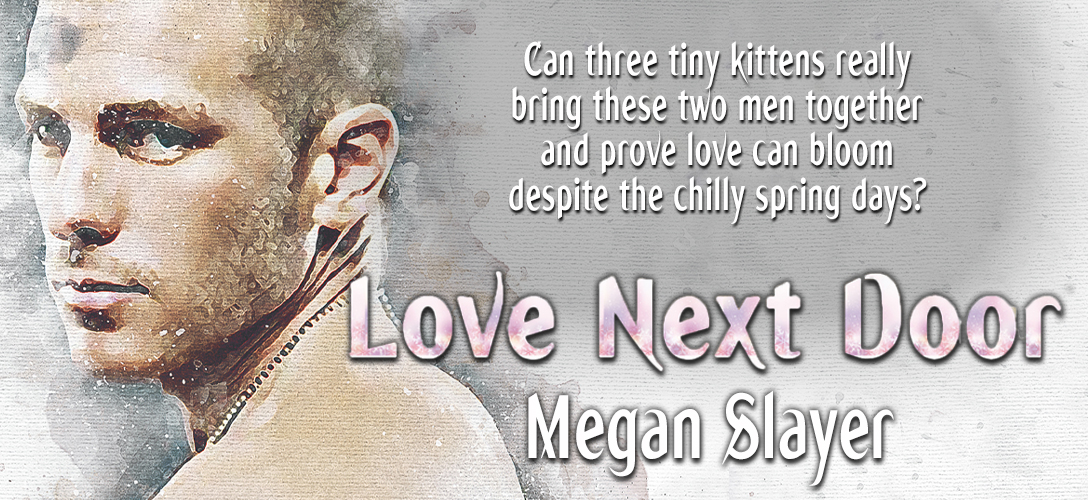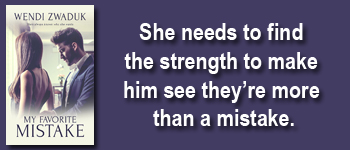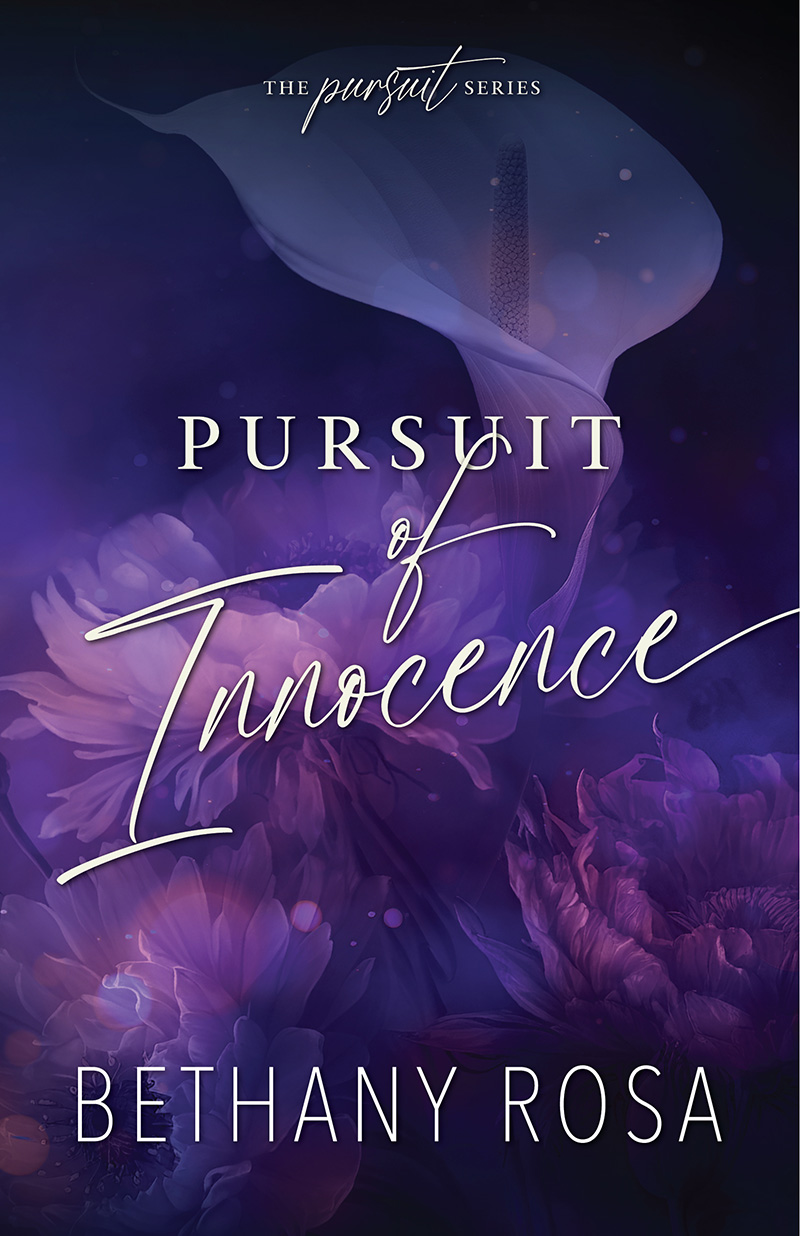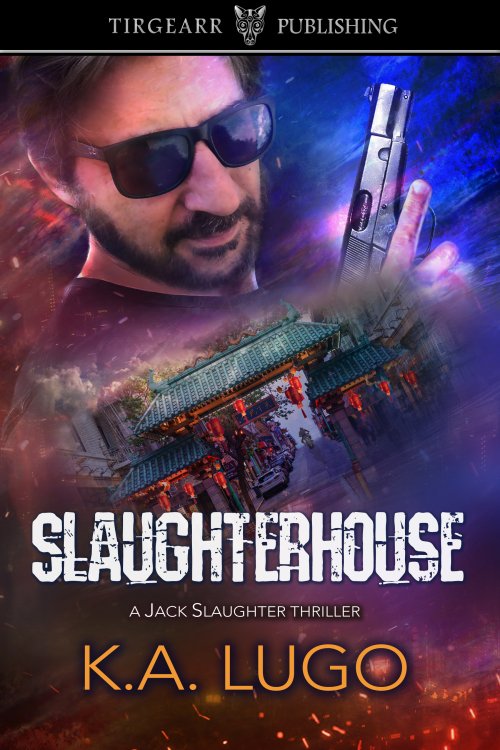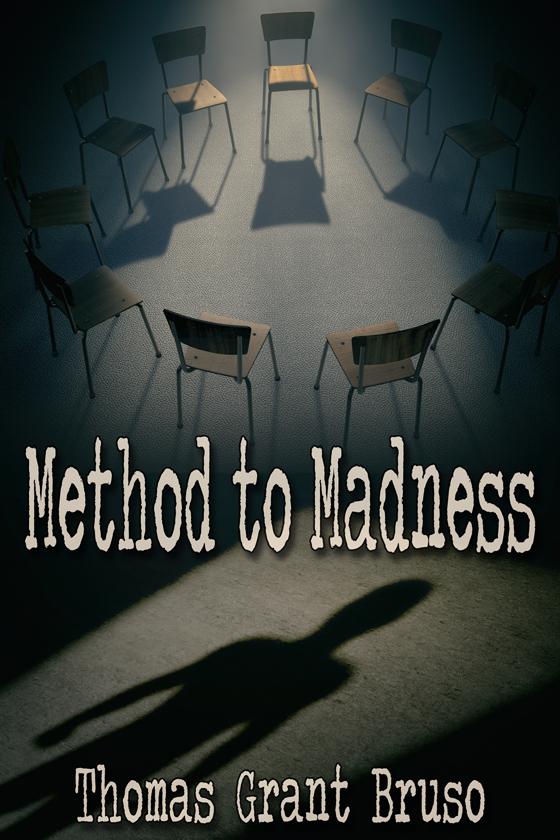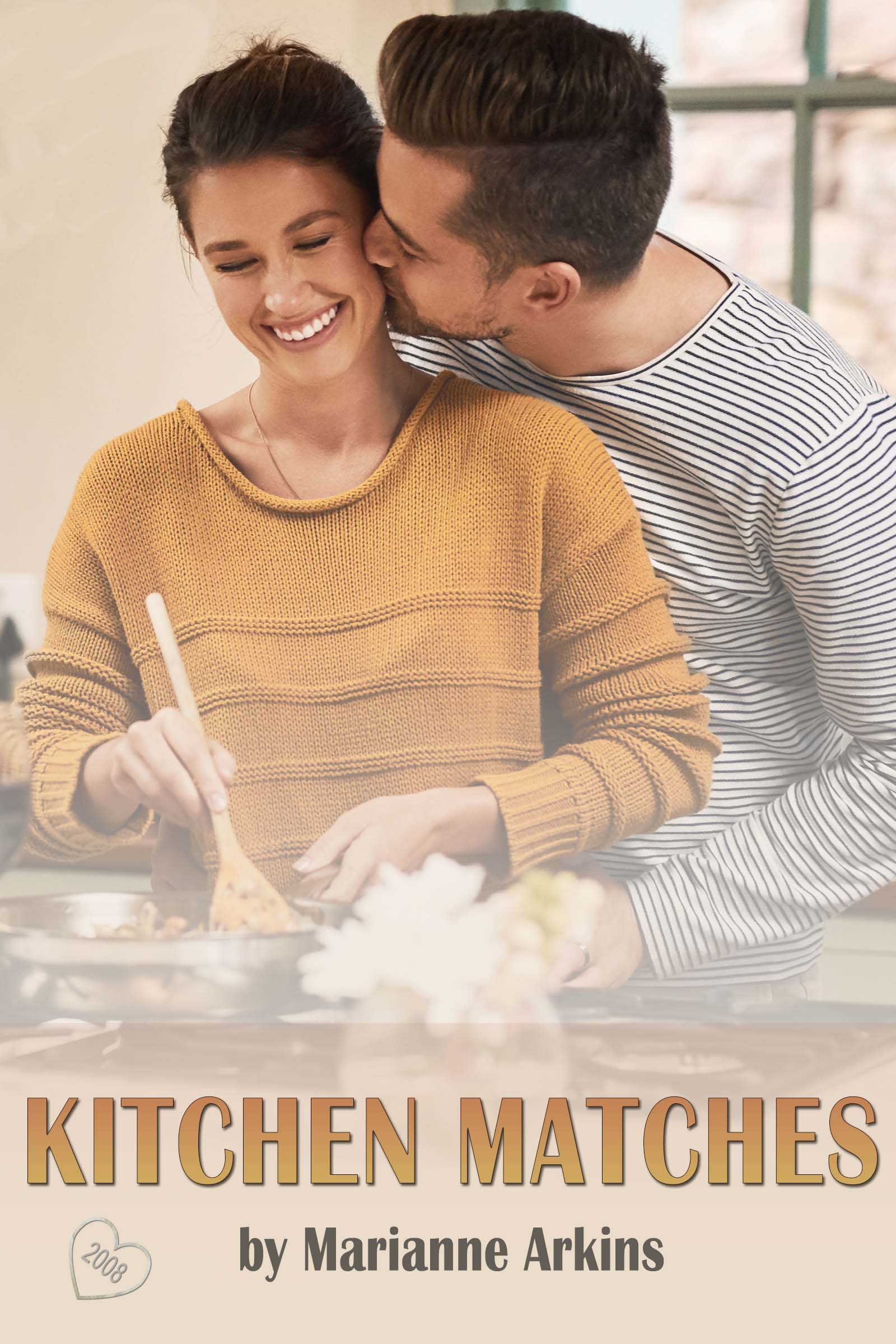This post is part of a virtual book tour organized by Goddess Fish Promotions. Simon Yeats is awarding a $25 Amazon/BN gift card to a randomly drawn winner. Click on the tour banner to see the other stops on the tour.
We all have two lives. We only get to experience living in the second after we realize we only have just one.
I have my first real scare in life when I get attacked by a kangaroo when I am seven. My first brush with the cliff-face edge of death comes when I am 12. My dad drives the family down the dangerous Skipper’s Canyon dirt road in New Zealand in a rented minivan.
Including the occasion I am almost involved in two different plane flight crashes, in the same night, there have been at least a half dozen more occasions when I have been within a moment’s inattention of being killed.
However, none of those frightening incidents compare to what I experience after my son is abducted.
This memoir is the story of how I used the traumatic experiences of my life to give me strength to forge on during a 13 year fight to be a father to my son.
What did it take for me to get to my second life?
It took me to truly understand what fear is.
Enjoy an Excerpt
How does a second life differ from a first? My story of reaching the second will demonstrate it perfectly for those languishing in the latter. I guarantee the perception of your life will never be the same after reading about it.
What did it take for me to get to a second life?
Was it an occasion of cheating death? Was it multiple occasions of evading the grim reaper? Was it being arrested and thrown in jail for no reason?
Perhaps a better question might be. How much do I love my child? What am I willing to go through to be in my child’s only life?
Until recently, I had never even heard of this saying by Confucius. But, when a person sees something that resonates with a chord in their heart, they feel it.
I felt it like an earthquake.
Before then, I had never given thought to who I might have ever met that I would consider was living a second life.
Yet this would seem to be our very point of being.
While there have been many occasions in my existence when I have felt like the world is against me. The true nature of life often seems a cruel device. Callous. Savagely unforgiving. And the puppeteer of fate in control of all our lives does not seem to care that we do not want it to be this way.
How many people would admit that they are suffering during their first life?
Rhetorical question.
We all are. Some more than others. But we all are.
Not surprisingly then, that humanity thrives on the ever-unfolding tragedies around us. The devastation of the tsunami in Thailand. The OJ Simpson trial. World War Two concentration camps. The collective work of The Cure and The Smiths.
If it bleeds, it leads.
This is what people want to see.
But the hordes in their first life are primarily concerned with the suffering of the mighty.
However, many of us are not mighty.
Most of us are ordinary.
And the suffering in our first life is done in silence.
About the Author:
Simon Yeats has lived nine lives, and by all estimations, is fast running out of the number he has left. His life of globetrotting the globe was not the one he expected to lead. He grew up a quiet, shy boy teased by other kids on the playgrounds for his red hair. But he developed a keen wit and sense of humor to always see the funnier side of life.
With an overwhelming love of travel, a propensity to find trouble where there was none, and being a passionate advocate of mental health, Simon’s stories will leave a reader either rolling on the floor in tears of laughter, or breathing deeply that the adventures he has led were survived.
No author has laughed longer or cried with less restraint at the travails of life.




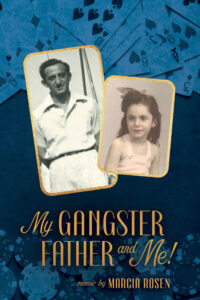

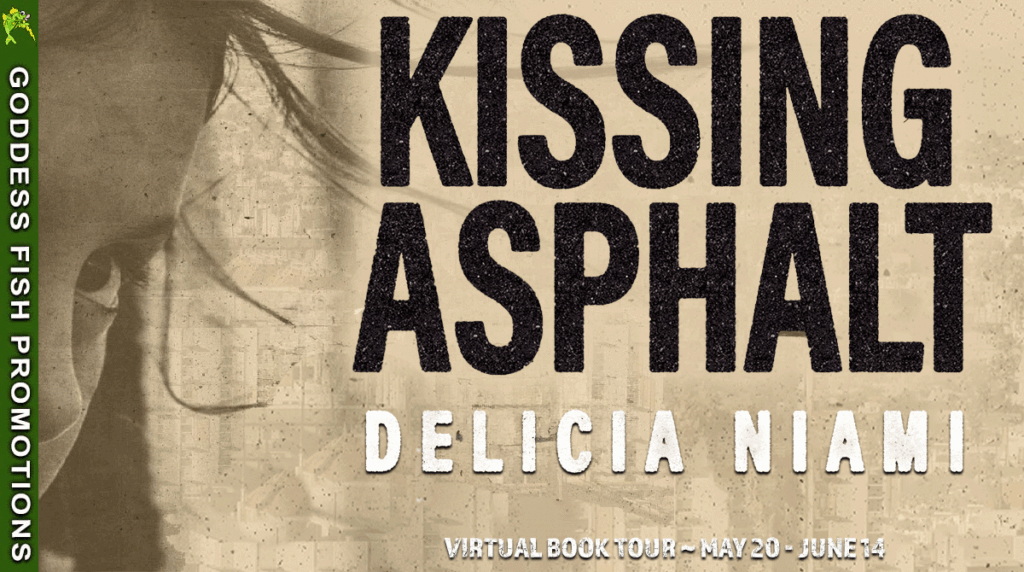
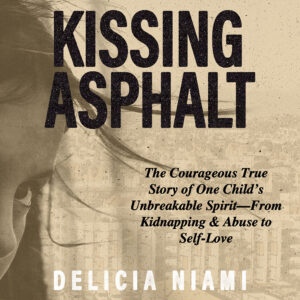 Resilience isn’t inherited. It’s a hard-fought skill forged by our ability to pick up the broken pieces of our past and remake them into something new.
Resilience isn’t inherited. It’s a hard-fought skill forged by our ability to pick up the broken pieces of our past and remake them into something new. Delicia Niami is an acclaimed memoirist and LGBTQ+ advocate, whose raw and edgy storytelling has touched the hearts of readers worldwide. Residing in Santa Cruz and an alumna of UCSC, Delicia draws inspiration from her own journey of resilience and empowerment. Through her memoirs, she fearlessly addresses topics such as sexual abuse, trauma recovery, and the importance of self-compassion. Delicia’s work not only sheds light on difficult experiences but also empowers others to find their voices and embrace their own resilience. Her passion for advocacy shines through in her writing, making her a powerful voice for change and healing in today’s world.
Delicia Niami is an acclaimed memoirist and LGBTQ+ advocate, whose raw and edgy storytelling has touched the hearts of readers worldwide. Residing in Santa Cruz and an alumna of UCSC, Delicia draws inspiration from her own journey of resilience and empowerment. Through her memoirs, she fearlessly addresses topics such as sexual abuse, trauma recovery, and the importance of self-compassion. Delicia’s work not only sheds light on difficult experiences but also empowers others to find their voices and embrace their own resilience. Her passion for advocacy shines through in her writing, making her a powerful voice for change and healing in today’s world.
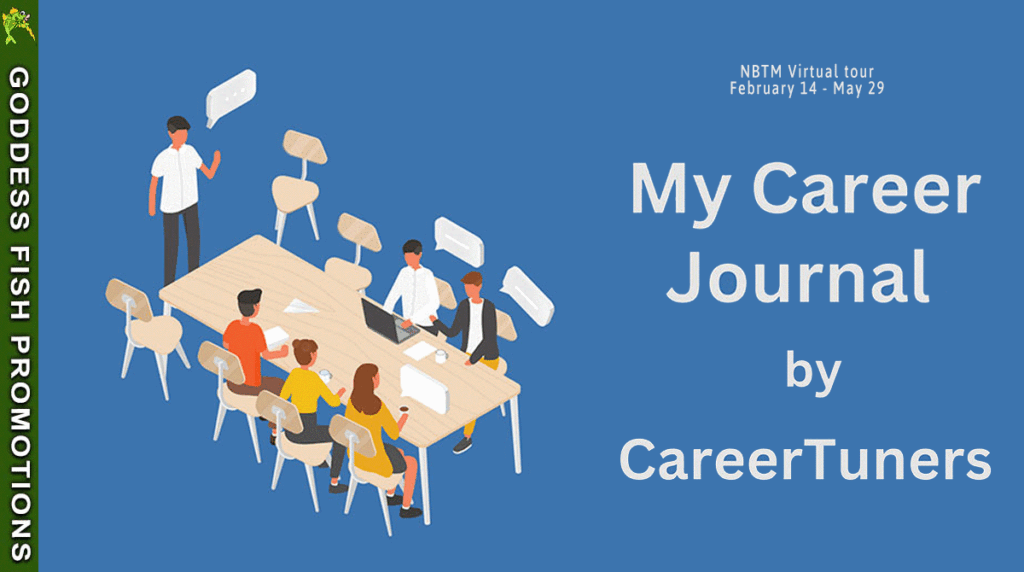
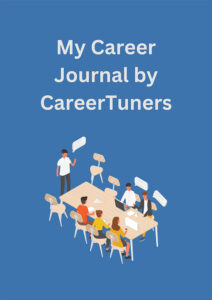
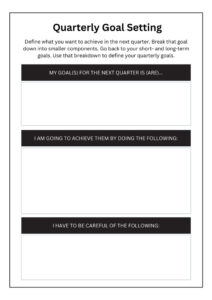
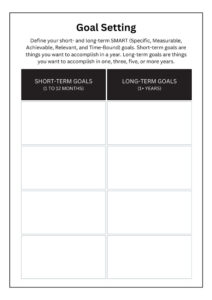
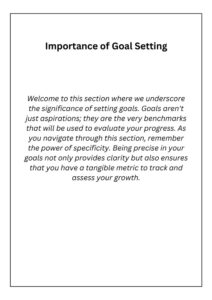

 I’m excited to announce my latest nonfiction narrative picture book, Dancing through Space: Dr. Mae Jemison Soars to New Heights illustrated by Sawyer Cloud and published by Albert Whitman. Most people know that Dr. Mae Jemison was the first African American woman to fly to space, but many may not know that she also has a deep passion for dance. This provides the hook for my book: the intersection of dance and science. That’s why I structured the book as a dual narrative that features and dance. As the story unfolds, the two worlds merge together, illuminating how art and science are both essential parts of our world.
I’m excited to announce my latest nonfiction narrative picture book, Dancing through Space: Dr. Mae Jemison Soars to New Heights illustrated by Sawyer Cloud and published by Albert Whitman. Most people know that Dr. Mae Jemison was the first African American woman to fly to space, but many may not know that she also has a deep passion for dance. This provides the hook for my book: the intersection of dance and science. That’s why I structured the book as a dual narrative that features and dance. As the story unfolds, the two worlds merge together, illuminating how art and science are both essential parts of our world. Lydia Lukidis is the author of 50+ trade and educational books for children. Her titles include DANCING THROUGH SPACE: Dr. Mae Jemison Soars to New Heights (Albert Whitman, 2024), DEEP, DEEP, DOWN: The Secret Underwater Poetry of the Mariana Trench (Capstone, 2023) which was shortlisted for a Silver Birch Express (Forest of Reading) award, THE BROKEN BEES’ NEST (Kane Press, 2019) which was nominated for a Cybils Award, and NO BEARS ALLOWED (Clear Fork Media, 2019). A science enthusiast from a young age, she now incorporates her studies in science and her everlasting curiosity into her books.
Lydia Lukidis is the author of 50+ trade and educational books for children. Her titles include DANCING THROUGH SPACE: Dr. Mae Jemison Soars to New Heights (Albert Whitman, 2024), DEEP, DEEP, DOWN: The Secret Underwater Poetry of the Mariana Trench (Capstone, 2023) which was shortlisted for a Silver Birch Express (Forest of Reading) award, THE BROKEN BEES’ NEST (Kane Press, 2019) which was nominated for a Cybils Award, and NO BEARS ALLOWED (Clear Fork Media, 2019). A science enthusiast from a young age, she now incorporates her studies in science and her everlasting curiosity into her books.